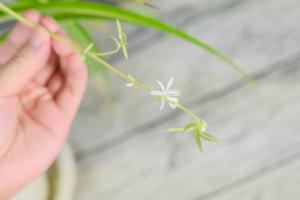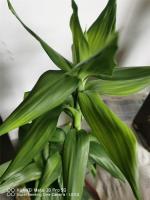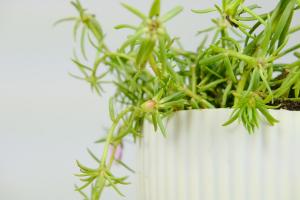Introduction:
Tomatoes are one of the most popular garden vegetables, and growing them from seed can be a rewarding experience for any gardener. In this article, we will guide you on how to plant tomato seeds for a successful harvest.
Choose the Right Tomato Seeds:
There are several options available when it comes to tomato seeds. Choose a variety that appeals to you, taking into account its growth habit, fruit size, and flavor. Look for seeds that are fresh and of good quality. Hybrid seeds are a popular choice, as they offer improved disease resistance and higher yields.
Starting Seeds Indoors:
Start your tomato seeds indoors six to eight weeks before the last expected frost in your area. Sow the seeds in a seed-starting tray filled with well-draining potting soil. Moisten the soil and then press the seeds lightly into it, spacing them about one inch apart. Cover the tray with plastic wrap or a clear plastic lid to retain moisture.
Provide Optimal Growing Conditions:
Tomato seeds need warmth, moisture, and light to germinate. Place the tray in a warm location, ideally between 70 to 80 degrees Fahrenheit, and make sure to keep the soil moist but not waterlogged. Once the seeds germinate, remove the cover and move them to a location with bright sunlight or under grow lights.
Transplanting Seedlings:
When the seedlings have two sets of true leaves, they are ready for transplanting. Gently remove them from the tray, being careful not to damage the roots, and transplant them into larger pots or containers. Choose a potting mix that has good drainage and is rich in nutrients. Gradually move the plants outdoors over a period of a week, exposing them to increasing amounts of sunlight each day.
Planting Seedlings in the Garden:
Wait until the danger of frost has passed before planting your tomato seedlings outdoors. Choose a sunny location with well-draining soil, and prepare the planting area by working in some organic matter, such as compost or well-rotted manure. Dig a hole for each plant and then gently remove it from its pot, being careful not to disturb the roots. Place the plant in the hole and fill the soil around it, making sure to fully cover the roots. Water the plants thoroughly.
Caring for Your Tomato Plants:
Water your tomato plants regularly, keeping the soil evenly moist but not waterlogged. Fertilize them every two weeks with a balanced fertilizer, ensuring that you follow the package instructions. Remove any suckers that form between the main stem and the branches. These suckers can reduce the plant's productivity and result in smaller fruit size.
Harvesting Your Tomatoes:
As your tomato plants grow, the fruit will begin to ripen. When the fruit changes color and feels firm to the touch, it is ready for picking. Use a sharp knife or scissors to cut the fruit from the stem. Remember to keep harvesting your tomatoes regularly to encourage the plant to keep producing.
Conclusion:
Planting tomato seeds is a fun and rewarding experience that can result in a bountiful harvest. By following these simple steps, you can enjoy delicious, homegrown tomatoes that are free from pesticides and other harmful chemicals. Happy gardening!

 how many times do yo...
how many times do yo... how many planted tre...
how many planted tre... how many pine trees ...
how many pine trees ... how many pecan trees...
how many pecan trees... how many plants comp...
how many plants comp... how many plants can ...
how many plants can ... how many plants and ...
how many plants and ... how many pepper plan...
how many pepper plan...
































